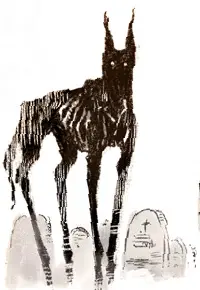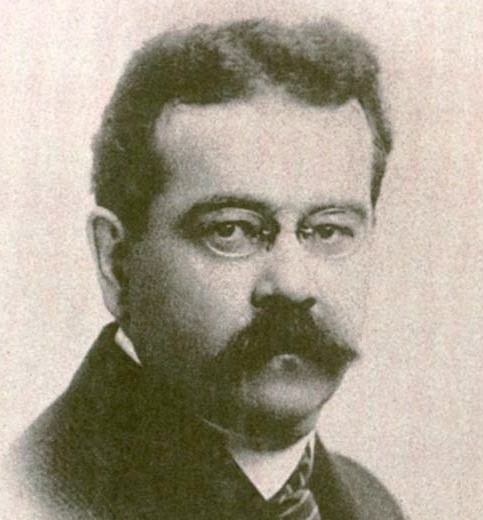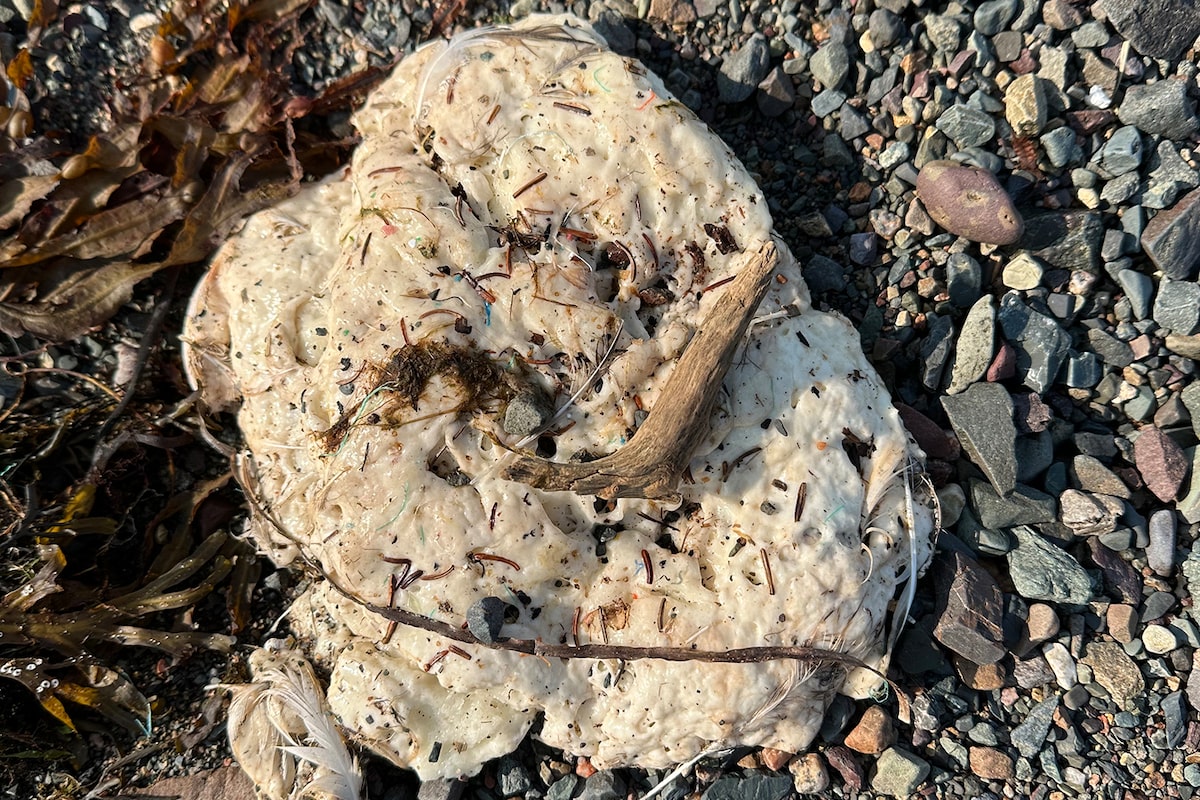- cross-posted to:
- world@lemmy.world
- cross-posted to:
- world@lemmy.world
The people of Newfoundland post all kinds of photos online of the captivating things they find washed up along the island’s 17,000 kilometres of coastline. Most of the time it’s run-of-the-mill flotsam from the Atlantic. Random boat parts. A giant fish head. Sea glass. Lots of sea glass.
Then the white blobs showed up – a mystery that has been baffling government scientists for weeks.
Philip Grace was the first to post a photograph of the lumpy gelatinous goop (sorry, Gwyneth) scattered over the pebbly beach in Ship Harbour, a community in southern Newfoundland.
“Anyone know what these blobs are?” he wrote on the Facebook page Beachcombers of Newfoundland and Labrador last month. “They are like touton dough and all over the beach.” (Toutons are fried biscuits, a traditional Newfoundland breakfast food.)
Soon, others chimed in. They’d seen them too: on Shoal Cove Beach, Barasway Beach, Gooseberry Cove Beach, Southern Harbour, Arnold’s Cove – mostly up and down the eastern shore of Placentia Bay.
The white globs floated in from the sea covered in seaweed, sand and pebbles. They were strangely combustible, with a pocked slimy surface and firm spongy flesh. Flies were indifferent. The gobs ranged in size from toonies to dinner plates. And amateur hypotheses ran the gamut, from the pithy to the improbable with some suggesting that they were cheese, alien poo or whale boogers…



It’s odd as it looks like the lumps of palm oil that wash up on the beaches here (which would fit with it being an oil) but that would be an early one to test for and I’d have thought it would Count under biofuel.
Also this should be from the Glob and Mail.
Archive